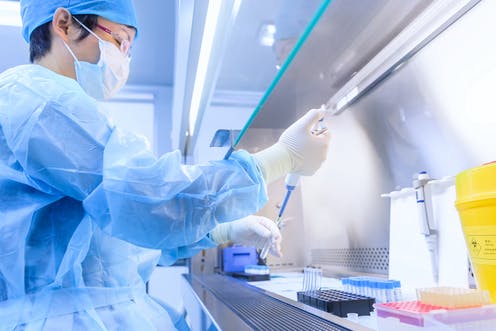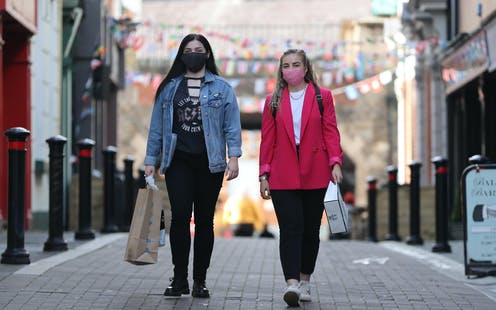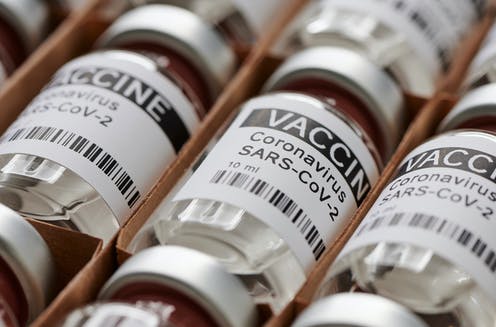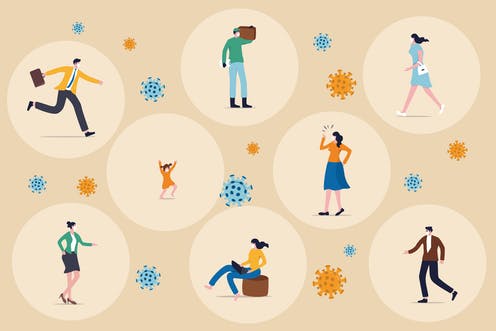Black and minority ethnic businesses need support to weather the pandemic
The coronavirus pandemic has highlighted underlying inequalities that ethnic minorities face in the UK. In England, both death rates and hospital admission rates are more than twice as high for Black people or people from a south Asian background than they are for white people. The poorer outcomes from COVID-19 among the Black and Asian populations are a result of the underlying social and economic risk factors that ethnic minorities face, such as living in overcrowded accommodation, being employed in riskier lower-skilled jobs, having worse access to healthcare, not to mention structural racism. But among these well-documented racial inequalities, there is another hidden story: the specific plight of Black, Asian and minority ethnic (BAME) business owners who have also beenContinue Reading


















